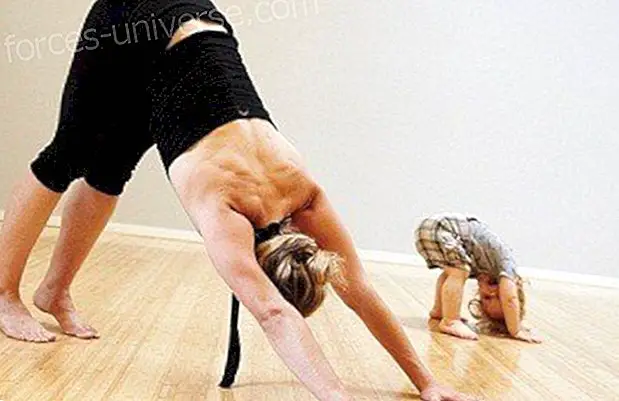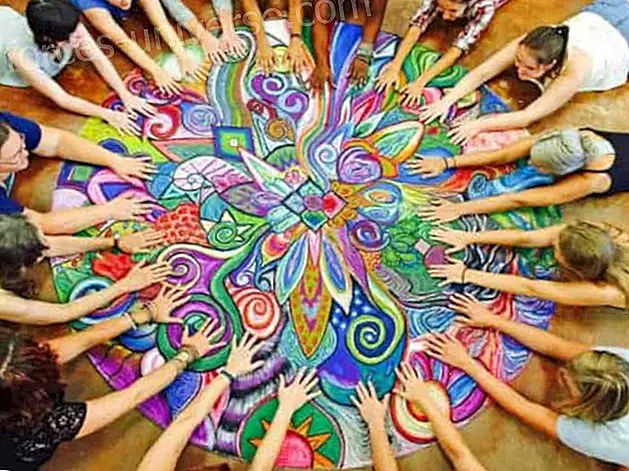
Somewhere in my trip to discover my passion and my purposes I was guided and pushed to recreational therapy, meditation, yoga and special needs .
All this became a beautiful understanding that yoga can transform the lives of people with special needs and work as a support system for caregivers who are in charge of them.
Throughout this trip, I have learned some valuable lessons about teaching yoga for children with special needs and these are some of them:
Valuable lessons about yoga for children with special needs
- Plan your classes in the same way that you would do for typically developing children, but give flexibility to the space .
Sometimes, what an individual's diagnosis indicates as limitations on paper does not appear the same in a yoga environment. So plan your classes as usual, but remain open to spontaneous changes, have some kind of adaptation in mind for each pose and meet your students within the context of your class . By doing this you are giving students the benefits of a committed and dedicated class.

- 2. Know the physical limitations of your students. Stay open to having children in class that require additional physical assistance, you just have to make sure to ask the caregivers what movements they should not do and that it is not safe. If you are presented with a specific diagnosis you must do some type of research and be prepared to know what physical movements the student can do and adapt those that they cannot do.
- Accessories and images are your best friends. Verbal instruction may not be as easy for some individuals to get, since either we speak too quickly or the time to process is extended.
They understand you, they just need extra help

Therefore, accessories, photos and demonstrations are very useful. You should also consider having some images and publish them for all to see. If a class theme has been created, have relevant images or physical accessories printed ready for students to have tactile interactions as they join the class.
In addition , storyboard cards are effective for the development of yoga postures and the development of class themes.
- Witness the little miracles. It is so easy to walk in a classroom and have an expectation of what moments you want your students to learn and develop. This is a good attitude to have, but remember that sometimes small and minor changes are the most beautiful.
A small gain such as paying attention to two minutes, trying a new pose or smiling during class may seem like a small thing but it can mean a lot to caregivers. Stay positive and trust that you are having a positive impact, since knowing that you are making a difference, even if that difference is not entirely clear.
- Idea information. At the end of each series or class, be sure to ask parents and participants when they receive comments, so let them be your teachers . What you hear may be exactly what you expected, but more often you hear things that are even better. You must keep asking and adjusting and you will see that the classes will prosper as you become a brighter worker.
- Never underestimate your students. Keep the mindset that each of your students is able to progress, sometimes it is necessary to adjust what progress means to them, while other times you may be surprised .






